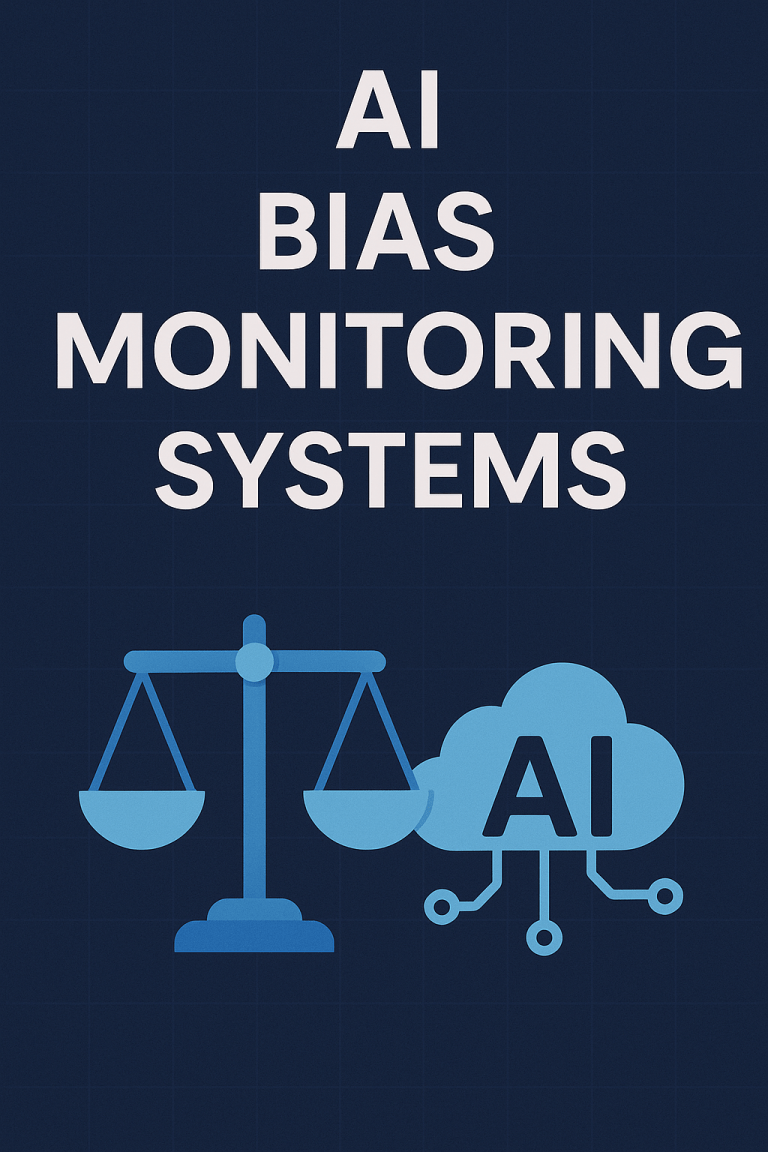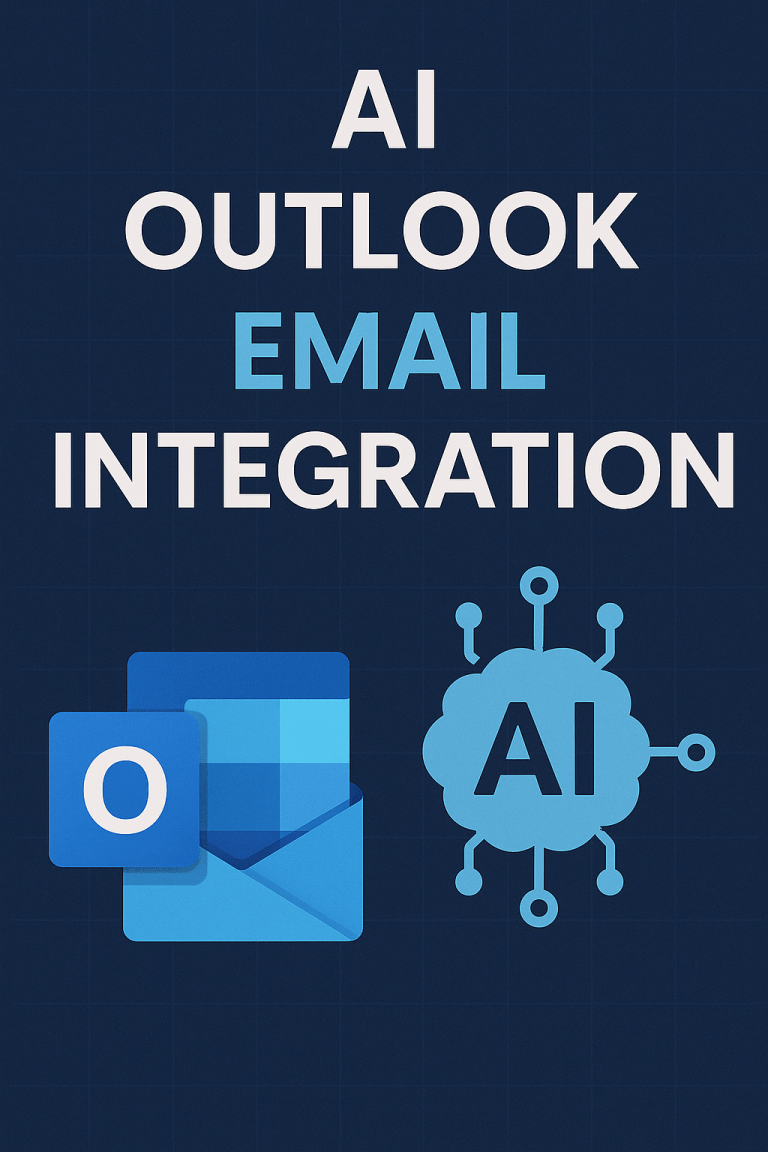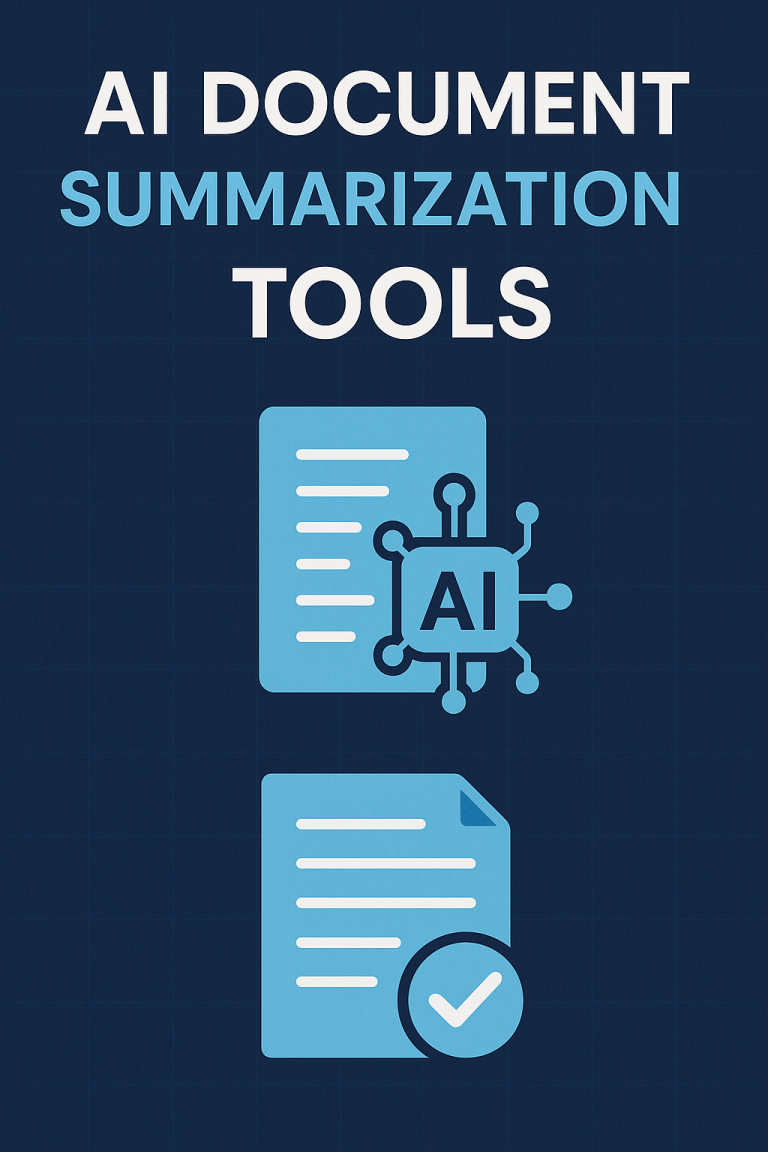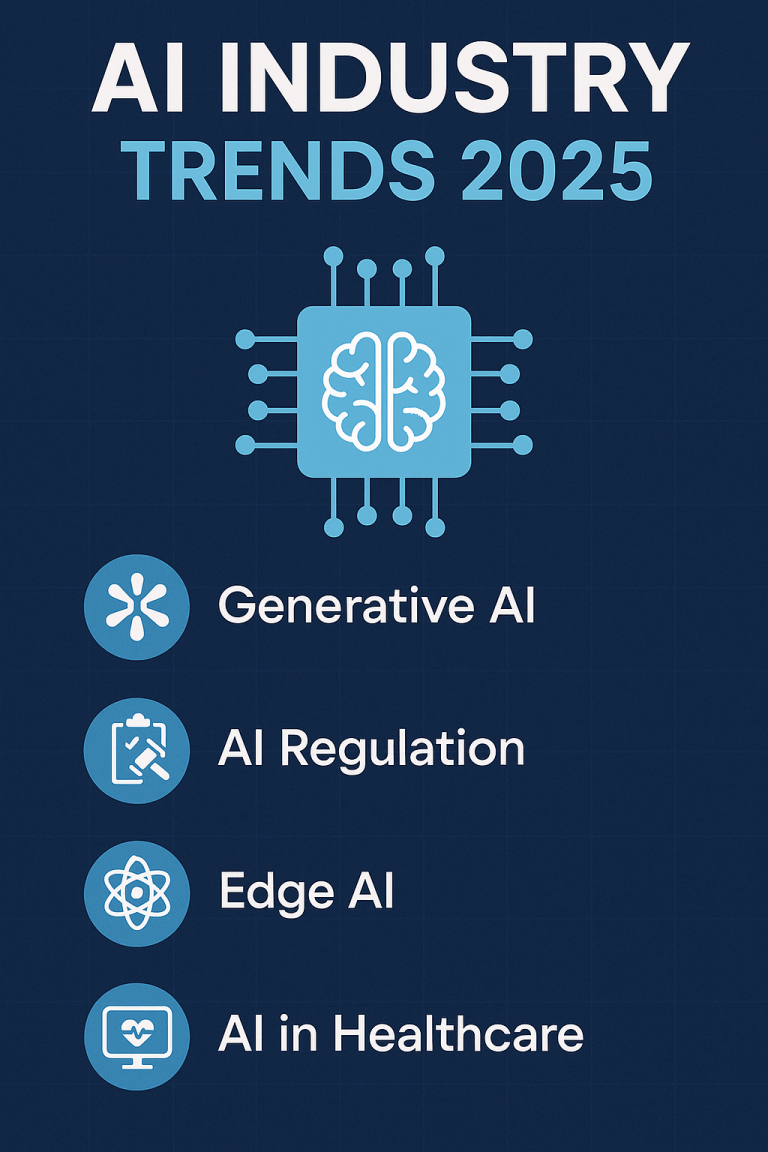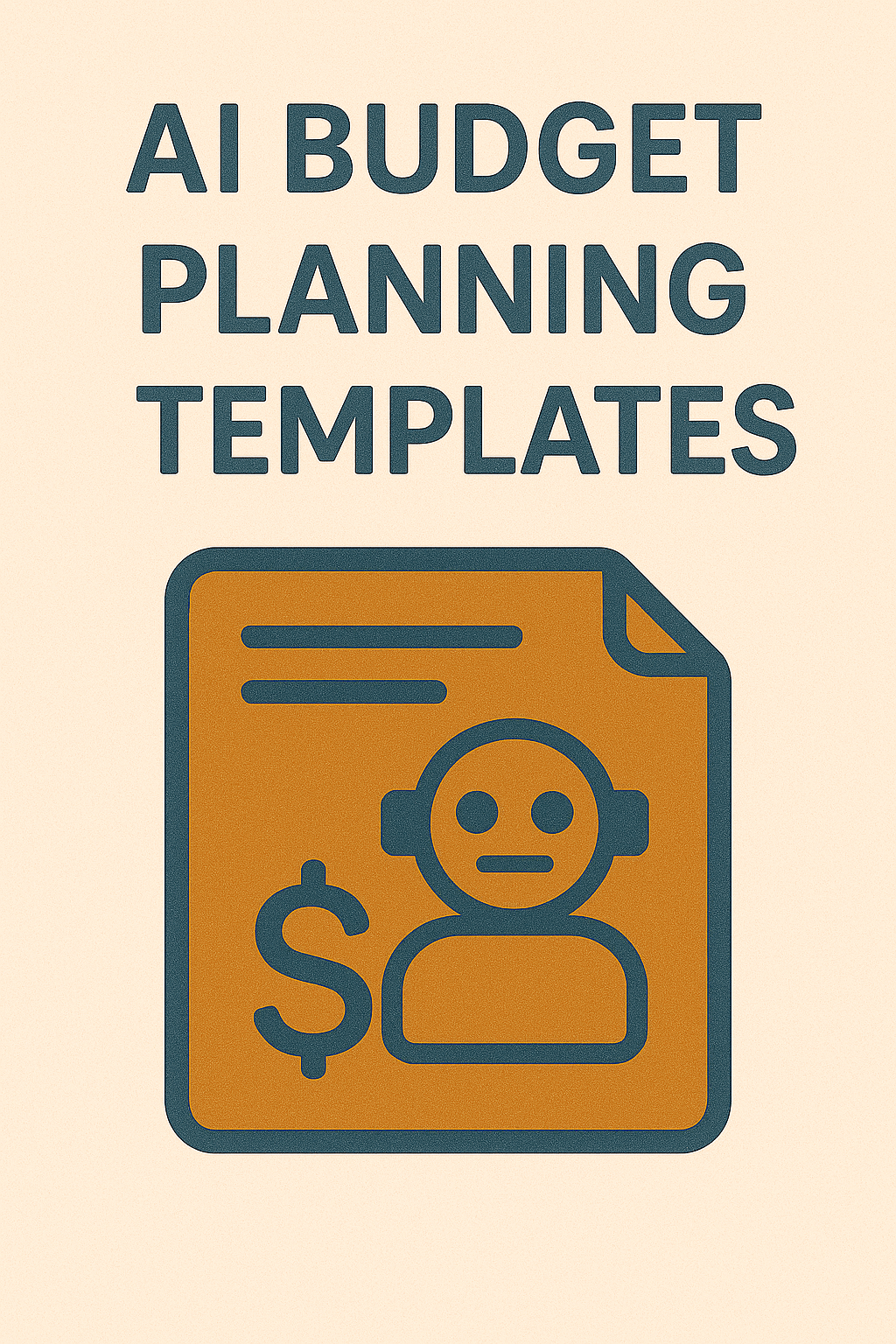
Why Traditional Budget Templates No Longer Cut It
Remember when budget planning meant endless Excel cells and manual calculations? Today’s AI-powered budget templates transform financial planning from tedious to strategic, with customizable frameworks that adapt to your specific business needs.
In 2025, AI budget planning templates have evolved beyond simple spreadsheets into dynamic planning tools that integrate with data sources, automate calculations, and provide intelligent insights. Whether you’re planning corporate AI investments, managing departmental budgets, or tracking project finances, the right template can dramatically streamline the process.
This guide explores the best AI budget planning templates available in 2025, their key features, and how to implement them effectively in your organization.
The Evolution of AI Budget Planning
AI has fundamentally changed how organizations approach budget planning:
Artificial intelligence budgets will surge again in 2025, with spending spread across multiple departments and tucked away in other areas like compliance and cybersecurity, making precise tracking difficult. Based on the research I’ve gathered, I’ll now create a comprehensive article about AI budget planning templates.
AI Budget Planning Templates: Essential Tools for 2025 Success
Why Traditional Budget Templates No Longer Cut It
Remember when budget planning meant endless Excel cells and manual calculations? Today’s AI-powered budget templates transform financial planning from tedious to strategic, with customizable frameworks that adapt to your specific business needs.
In 2025, AI budget planning templates have evolved beyond simple spreadsheets into dynamic planning tools that integrate with data sources, automate calculations, and provide intelligent insights. Whether you’re planning corporate AI investments, managing departmental budgets, or tracking project finances, the right template can dramatically streamline the process.
This guide explores the best AI budget planning templates available in 2025, their key features, and how to implement them effectively in your organization.
The Evolution of AI Budget Planning
AI has fundamentally changed how organizations approach budget planning:
Artificial intelligence budgets will surge again in 2025, with spending spread across multiple departments and tucked away in other areas like compliance and cybersecurity, making precise tracking difficult. This distributed approach to AI spending creates new challenges that specialized planning templates help manage.
Traditional budget templates provide structure but lack intelligence. Modern AI-enhanced templates offer:
- Predictive analytics for more accurate forecasting
- Automated categorization of expenses
- Real-time adjustments based on changing conditions
- Integration with multiple data sources
- Scenario planning with AI-powered simulations
Types of AI Budget Planning Templates
1. Corporate AI Investment Templates
These templates help organizations plan and track AI implementation across the enterprise.
Key Features:
- Cross-departmental AI spending trackers
- ROI calculation frameworks
- Implementation timeline integration
- Resource allocation planning
- Risk assessment modules
Planning a budget for Generative AI involves understanding various cost components, both initial and ongoing, as well as investing in human capital and ethical practices. The best templates account for these multifaceted expenses.
2. Department-Specific AI Budget Templates
These templates focus on how specific departments can integrate AI into their operations and budgets.
Key Features:
- Department-specific KPI tracking
- Customizable AI use case planning
- Staffing and training allocation
- Vendor management and comparison
- Integration cost tracking
3. AI Project Budget Templates
For specific AI initiatives with defined timelines and deliverables.
Key Features:
- Milestone-based budget allocation
- Resource utilization tracking
- Vendor payment scheduling
- Contingency fund calculations
- Budget burndown visualizations
A 2025 budget Excel template streamlines financial planning with pre-built formulas, automated calculations, and customizable categories while providing visual insights through built-in charts and graphs.
Top AI Budget Planning Templates for 2025
1. Sourcetable AI Budget Generator
Sourcetable’s AI technology transforms Excel template creation through natural language processing, allowing users to generate customized budget templates by describing their requirements in plain English.
Best For: Organizations looking to quickly create customized budget templates without technical expertise.
Key Advantages:
- Natural language template generation
- Automatic formula creation
- Data visualization tools
- Collaborative features
2. ClickUp AI Budget Planner
ClickUp AI helps create budgets by analyzing financial data, identifying patterns and trends, and providing personalized recommendations.
Best For: Teams that need to integrate budget planning with project management.
Key Advantages:
- Project-specific budget tracking
- Integration with task management
- Customizable budget views
- AI-powered expense analysis
3. Budget AI Generator (involve.me)
The Budget AI Generator delivers personalized, AI-driven budget recommendations based on unique income, expenses, and financial goals, making it accessible to anyone from personal finance beginners to small business owners.
Best For: Financial advisors and accounting firms providing client services.
Key Advantages:
- Client-friendly interface
- Customizable question flows
- Actionable insights
- Lead generation capabilities
4. Enterprise AI Investment Tracker
For large organizations implementing AI across multiple business units.
Key Advantages:
- Cross-departmental spending visibility
- Integration with financial systems
- AI maturity assessment tools
- Compliance tracking capabilities
Organizations that are devoting 5% or more of their total budgets to AI are seeing higher rates of positive return on average, but efforts will fail unless organizations take steps such as building scalable data infrastructure.
How to Select the Right AI Budget Template
When choosing an AI budget planning template, consider these factors:
1. Integration Capabilities
Select templates that connect with your existing systems:
- Financial management software
- Project management tools
- Data analytics platforms
- HR and resource management systems
2. Customization Options
Look for templates that allow:
- Industry-specific modifications
- Company structure alignment
- Custom KPI tracking
- Tailored reporting capabilities
3. AI Functionality
Evaluate the intelligence features:
- Predictive analytics capabilities
- Pattern recognition
- Anomaly detection
- Natural language processing
- Scenario planning tools
4. Usability and Accessibility
Consider how the template will be used:
- User-friendly interface
- Collaborative capabilities
- Mobile accessibility
- Permission-based access controls
Implementing AI Budget Templates Successfully
Follow these steps to maximize the value of your AI budget planning templates:
1. Assess Your Organization’s Needs
Start by understanding your specific requirements:
- Which departments will use the templates?
- What are your primary budget planning challenges?
- How will AI budget data integrate with strategic planning?
- What metrics matter most to your organization?
2. Prepare Your Data Foundation
Many organizations are failing to invest in necessary infrastructure for AI, jeopardizing the technology’s potential impact. Before implementing AI budget templates:
- Audit your financial data quality
- Standardize financial categorizations
- Define data integration points
- Establish data governance procedures
3. Develop an Implementation Plan
Create a structured approach to rolling out your AI budget templates:
- Start with a pilot in one department
- Train key users as template champions
- Document processes and best practices
- Create feedback mechanisms for continuous improvement
4. Set Realistic Performance Metrics
Measure the impact of your AI budget templates with clear KPIs:
- Time saved in budget preparation
- Forecasting accuracy improvements
- Reduction in budget variances
- User adoption and satisfaction rates
AI Budget Template Examples for Different Use Cases
Strategic AI Investment Planning Template
Purpose: Track and allocate enterprise-wide AI investments across departments and initiatives.
Key Components:
- AI maturity assessment framework
- Investment allocation by technology type
- Skills gap analysis and training budget
- Vendor management and evaluation metrics
- ROI tracking for AI initiatives
While nearly all companies are investing in AI, only 1 percent of leaders call their companies “mature” on the deployment spectrum, meaning AI is fully integrated into workflows and drives substantial business outcomes.
Department-Specific AI Budget Template
Purpose: Help individual departments plan and track AI implementation within their area.
Key Components:
- Use case identification and prioritization
- Resource allocation planning
- Integration cost estimation
- Productivity impact metrics
- Cost-saving opportunity tracking
AI Project Budget Template
Purpose: Manage finances for specific AI implementation projects.
Key Components:
- Milestone-based budget allocation
- Resource utilization tracking
- Vendor payment scheduling
- Risk assessment and contingency planning
- Success metric tracking
Creating Your Custom AI Budget Template
If existing templates don’t meet your needs, consider these steps to create your own:
- Define your structure: Outline the key categories, timeframes, and reporting requirements
- Identify AI integration points: Determine where AI can enhance your budgeting process
- Build automation: Create formulas and connections that reduce manual work
- Add intelligence: Incorporate predictive elements using available AI tools
- Create visualizations: Design dashboards that make insights easily accessible
- Test and refine: Pilot your template with a small group before full implementation
AI Budget Forecasting processes large volumes of data quickly and accurately, eliminating the risk of human error and providing reliable budget forecasts with interactive capabilities to ask questions about your data.
Future Trends in AI Budget Planning
Keep an eye on these emerging developments in AI budget templates:
- Autonomous adjustments: Templates that automatically reallocate resources based on performance
- Natural language interfaces: Budget planning through conversation rather than spreadsheets
- Predictive scenario planning: AI that generates optimal budget scenarios based on business objectives
- Real-time market integration: Templates that adjust based on external economic indicators
- Cross-organizational benchmarking: Comparing your budget allocation against industry standards
Taking Action: Your AI Budget Planning Roadmap
To implement AI budget planning templates effectively:
- Start with assessment: Evaluate your current budgeting process and pain points
- Research options: Explore templates that align with your organization’s specific needs
- Begin small: Implement in one department or for one project type initially
- Measure results: Track improvements in efficiency, accuracy, and strategic alignment
- Expand gradually: Roll out to additional departments as you refine your approach
AI budget planning templates represent a significant advancement over traditional methods, offering not just automation but intelligence that can transform financial planning from a record-keeping exercise to a strategic advantage.
By selecting and implementing the right templates for your organization, you can streamline planning processes, improve forecasting accuracy, and make more informed financial decisions in an increasingly AI-driven business landscape.
Unlock your AI Edge — Free Content Creation Checklist
Get the exact AI-powered process to 10X your content output — blogs, emails, videos, and more — in half the time.

